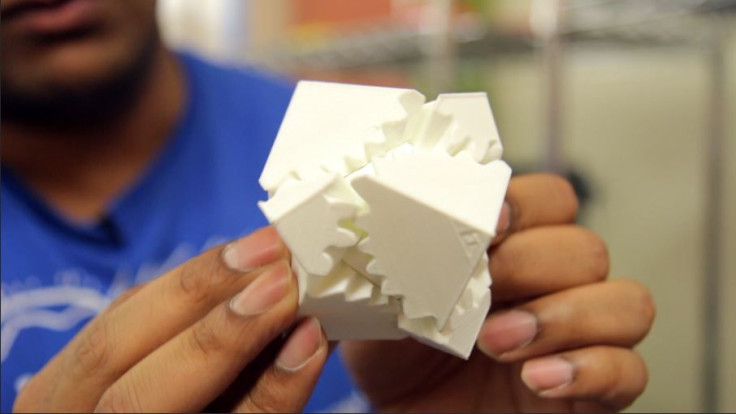Inside Stony Brook University's Innovation Lab, Where 3D Printers Are Creating Medical Devices Of The Future

3D printing has made huge waves in the health and wellness space of late. In the past year alone, a cancer patient has received a 3D-printed rib cage, the Food and Drug Administration approved the first-ever 3D-printed epilepsy drug, and a baby still in the womb had its head 3D-printed to facilitate a smoother, safer delivery. Soon, we may even be able to regenerate nerves, thanks to a 3D-printed guide containing chemicals capable of stimulating nerve growth.
All of these 3D printing stories have one thing in common: They were all created inside of a lab, where teams of researchers, most of whom hold advanced degrees, worked with 3D printers worth thousands of dollars. In addition to these advanced labs, there are other labs where students, still working on their degrees, are working to revolutionize health care through affordable 3D-printed medical devices. Stony Brook University’s Innovation Lab in Stony Brook, N.Y., is one of these labs.
Medical Daily had the opportunity to visit the Innovation Lab, where students were creating more than just bookends and miniature replicas of their professors, known as busts. Instead, they were creating prosthetics that could help children without hands and sound amplifiers that would cost thousands of dollars less than those currently on the market. These devices were created with donated 3D printers during students’ free time, with materials purchased at a local craft shop.
3D-printed tech wasn’t all the Innovation Lab had, however. Using the same computer that would allow for mind-controlled 3D-printed prostheses, the students also demonstrated a mind-controlled drone, which we got to see in flight.



























